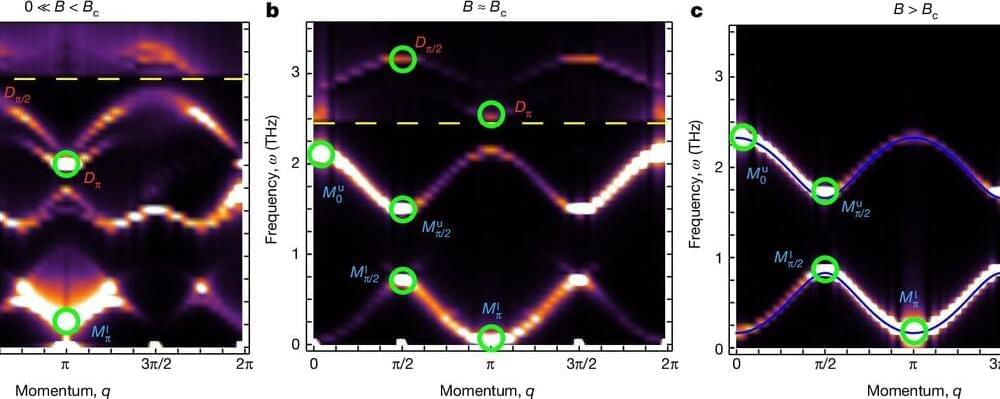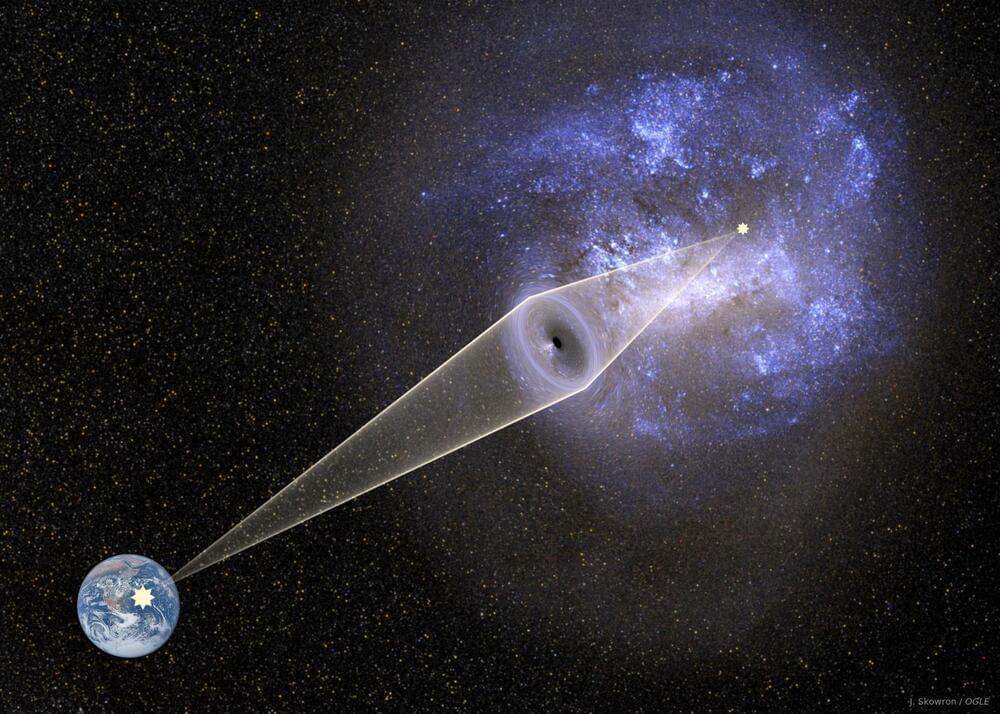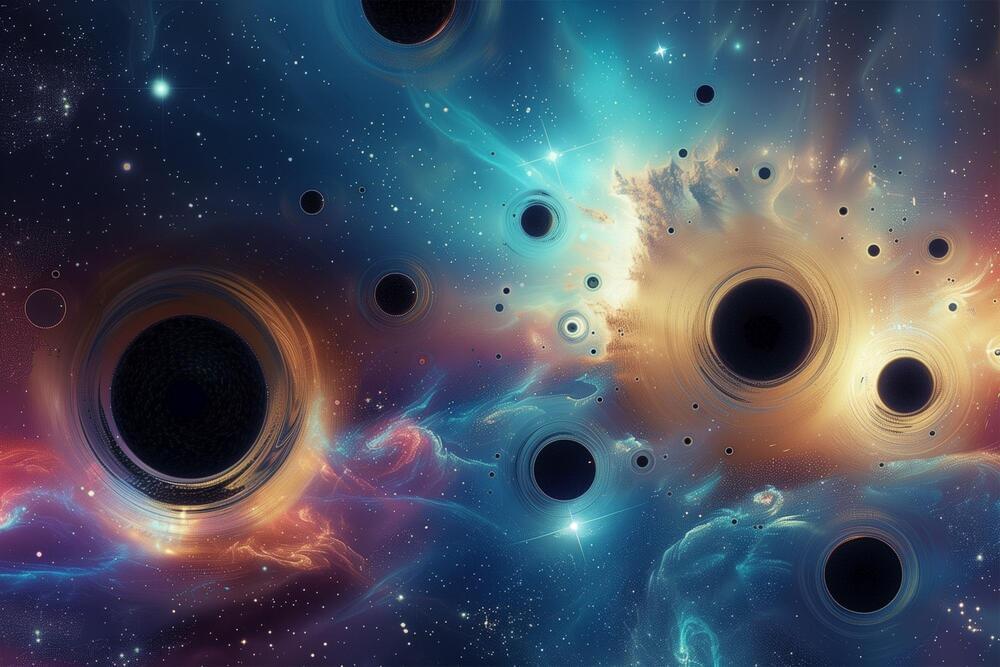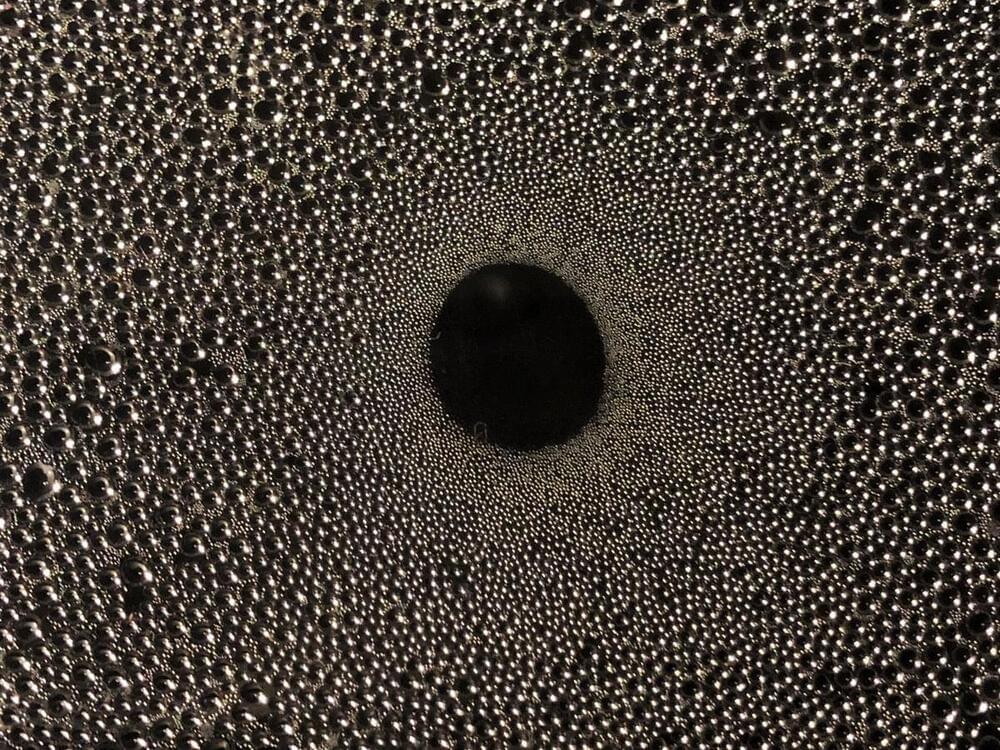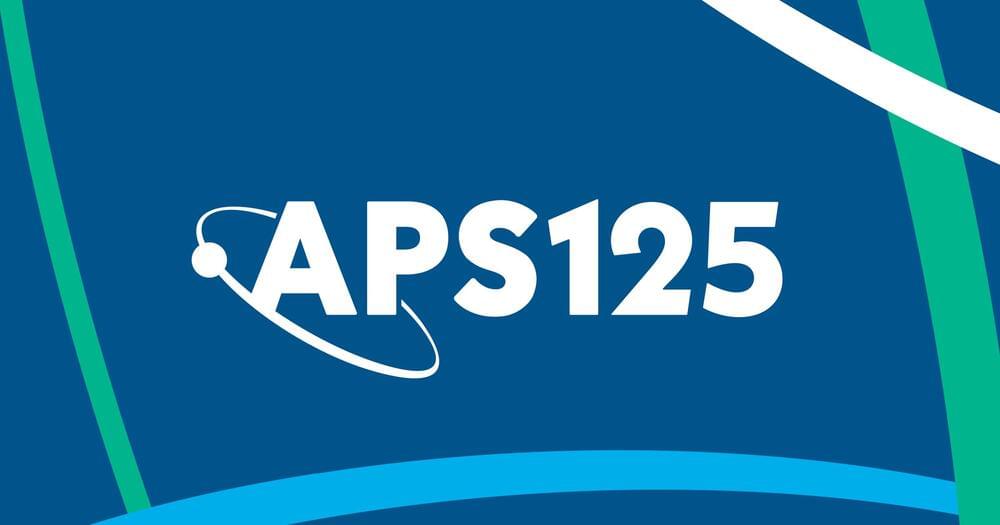Jun 28, 2024
Exploring the Emergent Abilities of Large Language Models
Posted by Dan Breeden in categories: information science, physics
Emergence, a fascinating and complex concept, illuminates how intricate patterns and behaviors can spring from simple interactions. It’s akin to marveling at a symphony, where each individual note, simple in itself, contributes to a rich, complex musical experience far surpassing the sum of its parts. Although definitions of emergence vary across disciplines, they converge on a common theme: small quantitative changes in a system’s parameters can lead to significant qualitative transformations in its behavior. These qualitative shifts represent different “regimes” where the fundamental “rules of the game”-the underlying principles or equations governing the behavior-change dramatically.
To make this abstract concept more tangible, let’s explore relatable examples from various fields:
1. Physics: Phase Transitions: Emergence is vividly illustrated through phase transitions, like water turning into ice. Here, minor temperature changes (quantitative parameter) lead to a drastic change from liquid to solid (qualitative behavior). Each molecule behaves simply, but collectively, they transition into a distinctly different state with their properties.

